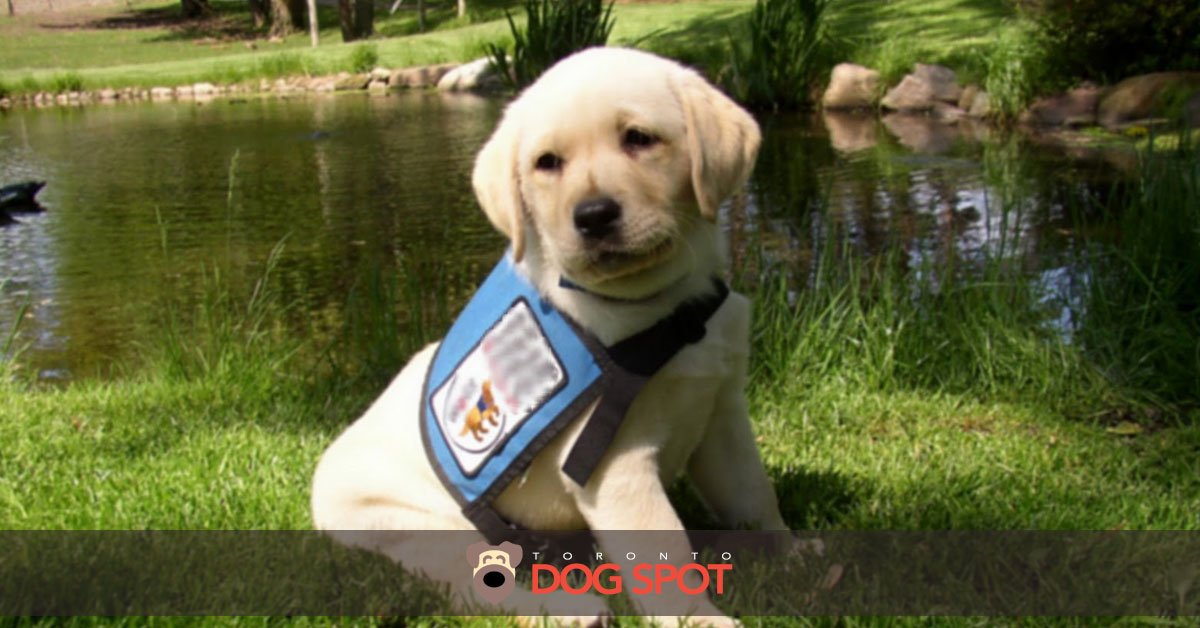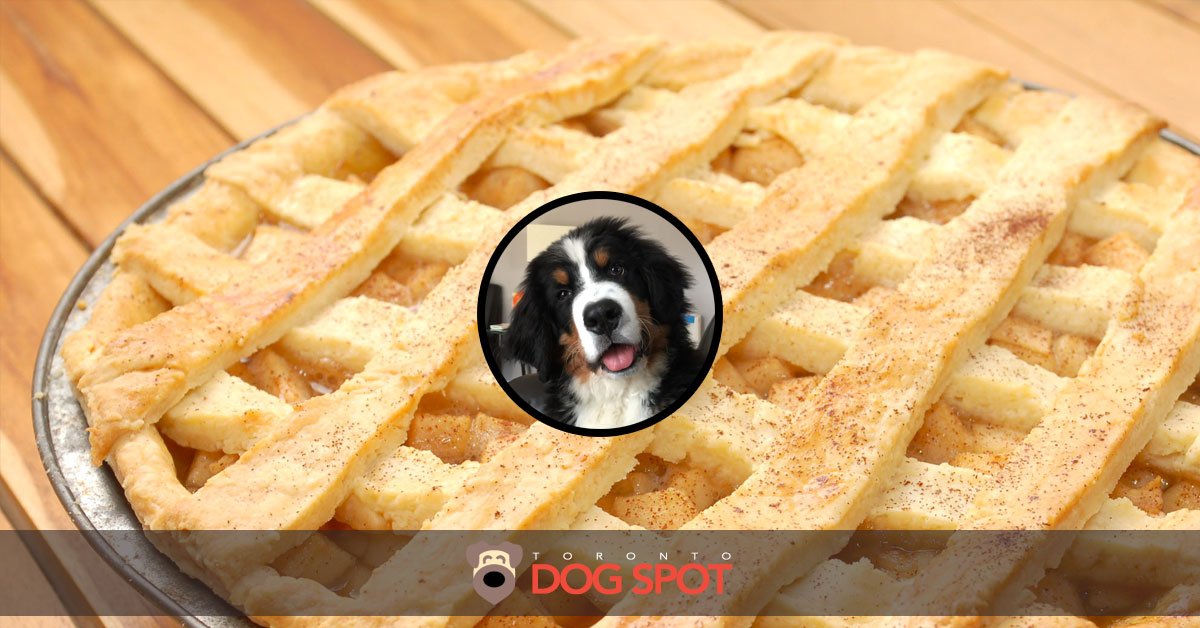TRENDING:
Dog Diseases – What You Should Know About Degenerative Myelopathy

Today I want to talk about Degenerative Myelopathy (DM). This particular large breed neurologic disease strikes a chord with me because our beloved River, a golden Labrador retriever, passed away from this debilitating disease. River was a good looking boy who stood tall and proud. So we were saddened when his lively and charismatic nature slowly buckled to a tired pup that laid down most of the day. That’s why I want to make sure you know what to look for if you see your best friend showing classic signs and symptoms of degenerative myelopathy.
What is DM?
DM is a disease of the spinal cord that causes progressive paralysis in large breed dogs such as German shepherds, the Belgian sheepdog, Chesapeake Bay retriever, Great Pyrenees, Labrador retriever, Old English sheepdog, Rhodesian ridgeback, and the Weimaraner. It can happen between 8 and 14 years of age and it starts with the dog loosing coordination with the back legs, although, with River, it started with his front legs. They will start to wobble when walking and then buckle over and drag their feet and you may see scrapes atop their paws. This weakness will worsen until they are paraplegic (both hind legs are unable to function) and they may even loose bladder function. The good news is, it is not a painful disease as they are loosing the sensation in their limbs; but, I can imagine, that their psychological state get affected. River was a happy boy who had a powerful tail wag and was ready at any time to go for a walk. Near the end though, he showed us what sad puppy eyes truly were (tear!) Once Degenerative Myelopathy starts to show its symptoms they have 6 to 12 months until they are fully paraplegic.
Why God Why?
Now that we know what it is, lets look at what causes it. It is most likely an immune mediated disease – English please! Simply put it means that the dog’s immune system (what works to fight off infections) is attacking its nervous system (what sends messages between the brain and muscles). This is similar to multiple sclerosis (MS) in people. Other theories include being exposed to toxins, vitamin deficiencies, oxidative stress or underlying spinal injury. A gene mutation has also been discovered that could increase the risk of developing this disease.
How Do I Know My Dog Has It?
Degenerative Myelopathy is what they call a diagnosis of exclusion or elimination. Basically, it means they rule out everything else it could be that shows the same symptoms before they diagnose it as DM. So what else can cause Lassie to start limping? Herniated discs, intervertebral disc disease, infections, injuries, cysts, tumors and stroke. It is important to identify if it could be any one of these first because they are treatable. There’s no way to know for sure until the autopsy where they can check for changes in the spinal cord that are not seen in other diseases.
What Can I Do?
Unfortunately once it hits, there is not much to do other than make your buddy comfortable as much as possible. They will need a lot of TLC and nursing care. With River we had to hoist up his body so that he could stand because he lost the strength to prop himself up. Once he was up he could walk out and do his business, meander in the yard or just enjoy sitting outside in the grass. Near the end he would fall a lot. When you loose the ability o move around, other issues start to pop up. Dogs with DM tend to get urinary tract infections, urinary retention, weight gain, muscle loss, skin lesions from incontinence and bed sores. That’s why it’s really important to keep their muscle tone as intact as possible by walking them as long as they can and even doing some physiotherapy with the affected legs. Maintaining muscle tone will keep them active longer and, as we know, an active pup is a happy pup! Mobility will obviously be the big issue as DM progresses so near the end there is special equipment to help keep them moving such as harnesses, carts, boots and slings.
Homeopathy? If It Helps….Why Not?!
Homeopathy is always an option! All living things live from the nutrients provided from the Earth and as we know, many plants and elements have healing properties. It won’t be able to cure the disease but it will be able to slow it down a bit – and that means more time with your furry friend. Apparently supplements such as aminocaproic acid and N-acetylcysteine have been successful in slowing down Degenerative Myelopathy’s progression. There are a variety of other natural supplements you can try. If you are interested please have a look at our references below for more information.
This is a ton of information, and of course it is just to give you an introduction to what this disease is all about. The most important thing is, if you suspect your dog has these symptoms, is to go to the vet ASAP! The earlier you diagnose Degenerative Myelopathy the earlier you can start treating the symptoms and preparing both your dog and yourself.
Here’s an extra scratch behind the ear for you buddy! Rest in peace Riv, I’m sure you’re running everywhere where you are ☺
References:
Share:
Facebook
X
Pinterest
Reddit
LinkedIn
Related Posts
Papular Posts
No posts found

















